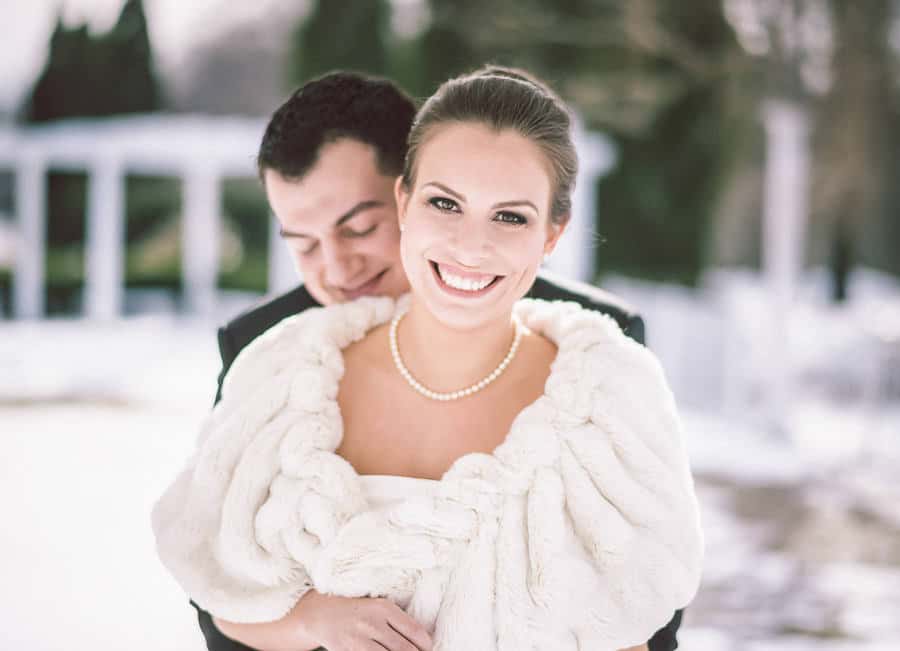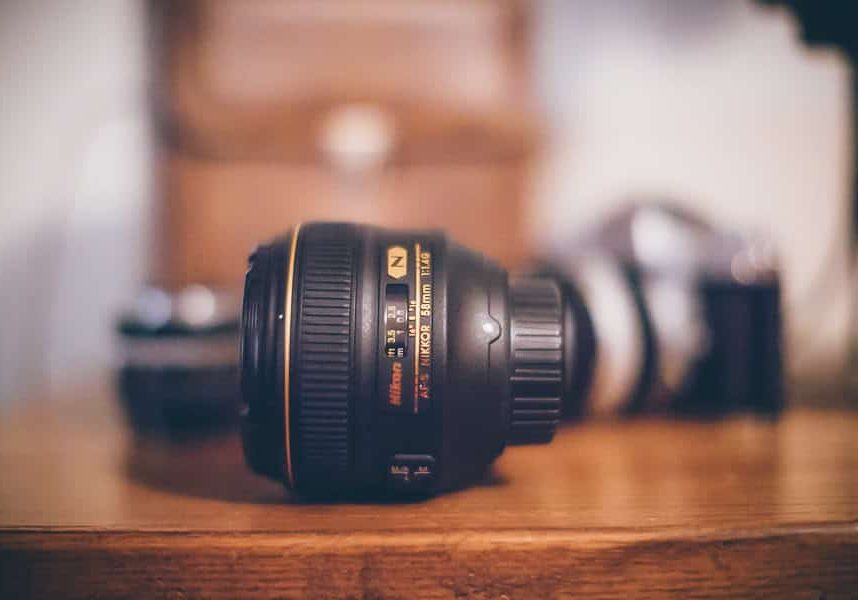
Nikon 58mm f/1.4G Lens Review
Read an in depth but easy to understand review on Nikon's incredible 58mm f/1.4 lens. Can it beat even the Bokeh of Canon's f/1.2 primes?!
I have been shooting with the new Nikon 58mm f/1.4G for about 3 months now, and my thoughts have changed drastically over that time period.
I spent a lot of time shooting with this lens, on both my Nikon D800E and my Nikon DF, and the more I shoot with it, the more I like it.

Incredible 3D rendering and buttery smooth bokeh from the most unique Nikon lens of the year.
To be honest, I was very close to chalking this lens up as a waste of money, and not even bothering with it after the first shoot.
During the first shoot that I used it on, which happened to be the same day that it got delivered to my doorstep, I couldn’t have been more let down. I got so frustrated with its performance, and its unsharp images, that I switched it out with my trustworthy Sigma 50mm f/1.4.
Now, 3 months later… I no longer own the Sigma 50mm… I sold it.
Nikon 58mm f/1.4 Review – Introduction
What I didn’t realize at the time of that first shoot was that this is a very unique lens, just like the previous version of this focal length for Nikon, the Noct Nikkor 58mm f/1.2. It has character. It has personality. The look that it produces is very unique and reminds me a lot of the look from my medium format film.
It took me time to learn the strengths and weaknesses of the Nikon 58mm f/.4G before I could truly understand just how good of a lens this really was for me. But, it’s not for everyone, and it’s not an overall amazing lens, it definitely has its flaws. For me, the flaws are what I love so much about it. What in the world do I mean by that? Let me explain.
It fits my style of shooting, and when shot wide open, gives some of the creamiest and smoothest bokeh I have ever seen. No, it’s not crazy sharp wide open, but I’m willing to give that up for it’s extremely shallow depth of field, subject separation, and awesome bokeh.
The Nikon 58mm 1.4G is sharp, and very sharp, at the point of focus when shot wide open. The sharpness slowly fades off towards the edges, which only helps give that 3D look. If I want to have more in focus, I can bump my aperture up and then this lens starts to become pretty sharp edge to edge.
This is definitely a speciality lens and needs to be used as one. Luckily for me, I trusted Nikon and kept shooting with it. After several paid shoots, one wedding, and close to 3,000 photos taken with it, I find myself falling in love with this lens more and more.
Is it the best Nikon portrait lens? Hmm, that’s a bit of a subjective call. Is it worth the $1,700 price tag? Well, while it is a very pricey lens, it was definitely worth it for me. I’m a big Sigma fan, and absolutely love their Sigma 35mm f/1.4 ART lens, so I have been keeping a close eye on the new 50mm lens they are about to release.
I was going to wait and replace my Sigma 50mm f/1.4 with the newer one, but even though it’s being compared to the Zeiss, I went with the Nikon 58mm 1.4G anyway. Why? Character.
How The Nikon 58mm f/1.4G Feels
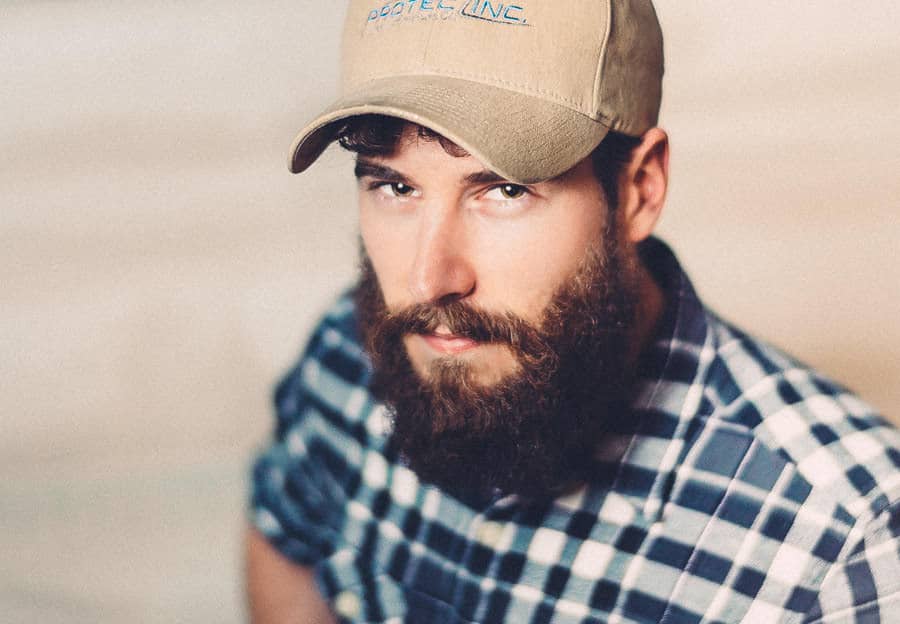
As much as I do like the feel of the new Sigma line of lenses that are metal and have a little weight to them, I don’t mind this lighter plastic body of the new Nikon 58mm f/1.4. It’s built very similarly to the other AF-S prime lenses, like the Nikon 50mm f/1.8G and Nikon 85mm f/1.4G.
It’s lightweight and feels like I could crush it in my hand if I tried. I don’t necessarily mind this though. It personally feels nicely balanced on my Nikon D800E and seems to be the perfect fit for my Nikon Df, which is where it has stayed since purchasing it.
The barrel is a little thicker than that of the Nikon 50mm f/1.4G, and is just as wide as the Nikon 85mm f/1.4G, but I still wouldn’t say that it’s a large lens by any means.
Since I shoot both Canon and Nikon, I was able to make the comparison to the Canon 50mm f/1.2L lens, which is almost identical in size to, only much lighter. The front element is buried deep down in its all plastic shell, much deeper and smaller than I expected it to be.
How the Nikon 58mm f/1.4 G Performs

My early frustrations with the Nikon 58mm f/1.4G honestly stemmed from my own mistakes i.e. I trusted that the AF would be accurate right out of box, which has been the case with my previous Nikon glass. I was wrong.
I also didn’t realize that the focus distance wasn’t what I was used to, which I would have easy known had I done at least some testing prior to throwing it into its first shoot.
The lens actually arrived minutes before a lifestyle shoot with a military family that wanted photos of their newborn baby included. It wasn’t sharp wide open, and not knowing the focus distance, I couldn’t focus as close as I wanted to. Lesson learned, never throw an untested lens into a shoot and expect that it will perform flawlessly.
The reason it wasn’t sharp when I looked at the images on the LCD was simply because of the AF not being dialed in. Just enough to make every image look nice and soft, with almost a light haze.
Once the shoot was over, I threw it on a tripod and set up my lens calibration kit. Just as I suspected, it was front focusing quite a bit. Once I had it dialed in to +12, I was ready to give the Nikon 58mm f/1.4 another try. After a few test shots I was nicely surprised just how sharp this lens actually was.
One thing that I want to mention here, is something I just came across a couple days ago, and something I’m a little disturbed by. It had been mounted on the Nikon Df for the past month and performed excellent, no focusing issues. I swapped lenses briefly on the Nikon Df and then put the 58mm back on. The focus was off again.
I set it back up to fine tune the AF and now it needed to be at +4. It has shot flawlessly since, but I need to figure out whether this is an issue with the Nikon Df or the lens. I have other lenses that have in-camera AF adjustments and this has never happened before. I will update my blog with the test results when I have the time to test this.
Technical Specifications:
- Mount Type: Nikon F-Bayonet
- Focal Length: 58mm
- Maximum Aperture: f/1.4
- Minimum Aperture: f/16
- Format: FX/35mm
- Maximum Angle of View (DX-format): 27°20′
- Maximum Angle of View (FX-format): 40°50′
- Maximum Reproduction Ratio: 0.13x
- Lens Elements: 9
- Lens Groups: 6
- Compatible Format(s): FX, DX
- Diaphragm Blades: 9
- Distance Information: Yes
- Nano Crystal Coat: Yes
- Aspherical Elements: 2
- Super Integrated Coating: Yes
- Autofocus: Yes
- AF-S (Silent Wave Motor): Yes
- Minimum Focus Distance: 1.9ft.(0.58m)
- Focus Mode: Auto, Manual, Manual/Auto
- G-type: Yes
- Filter Size: 72mm
- Accepts Filter Type: Screw-on
- Dimensions: (Approx.) 3.3×2.7 in. (Diameter x Length), 85x70mm (Diameter x Length)
- Weight: (Approx.) 13.6 oz. (385g)
Nikon 58mm f/1.4 Sample Images
Check out these sample images taken with the Nikon 58mm f/1.4:
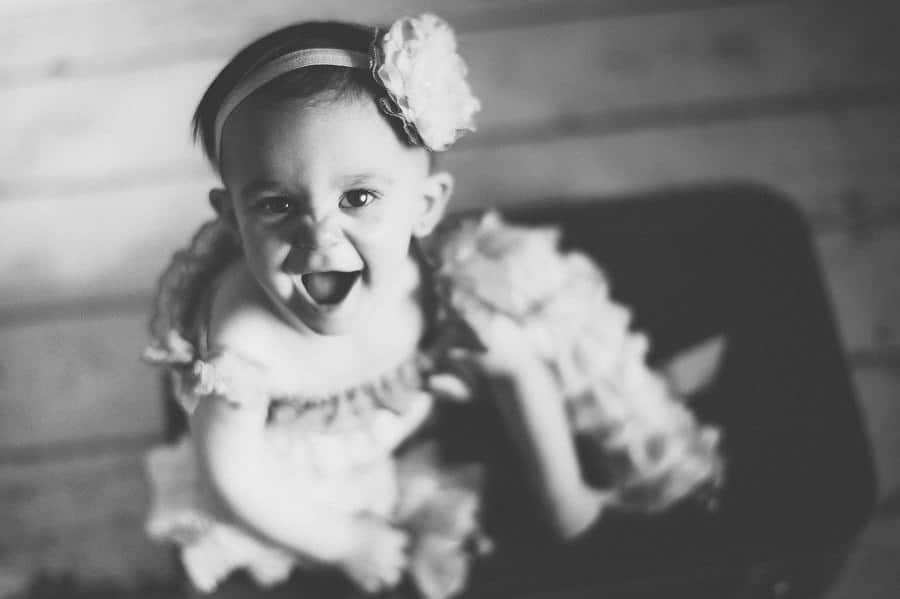

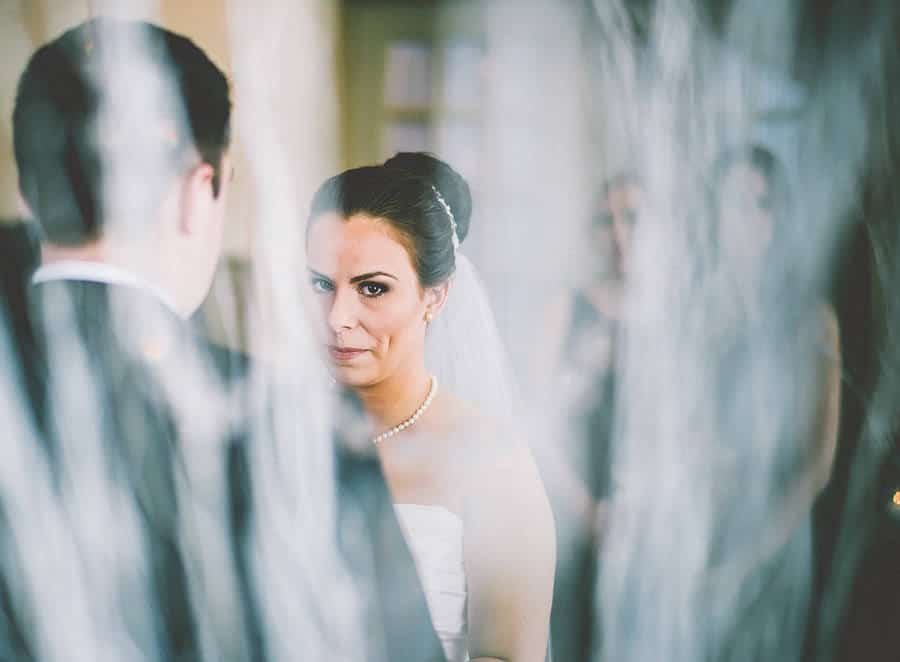

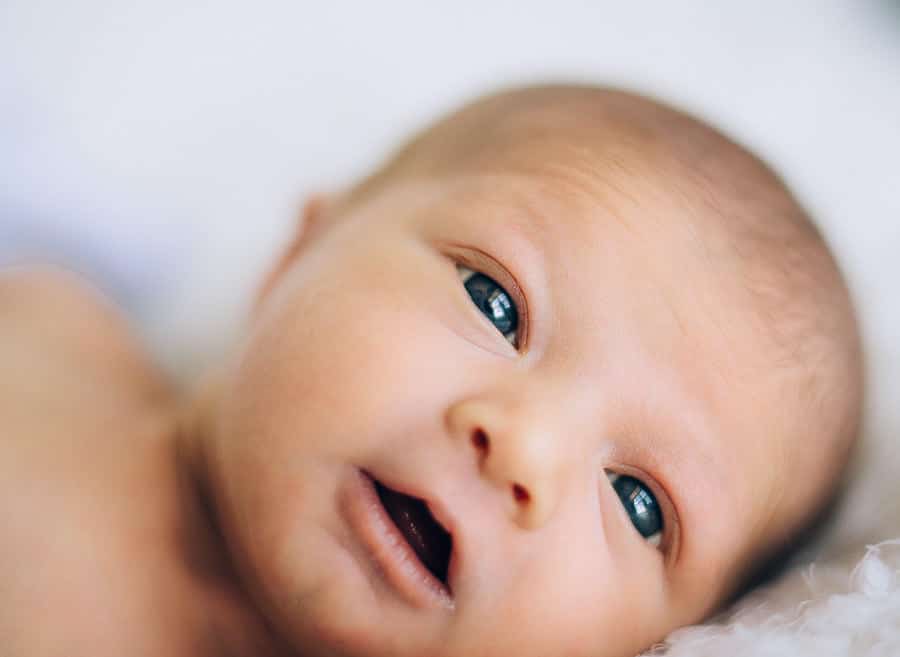
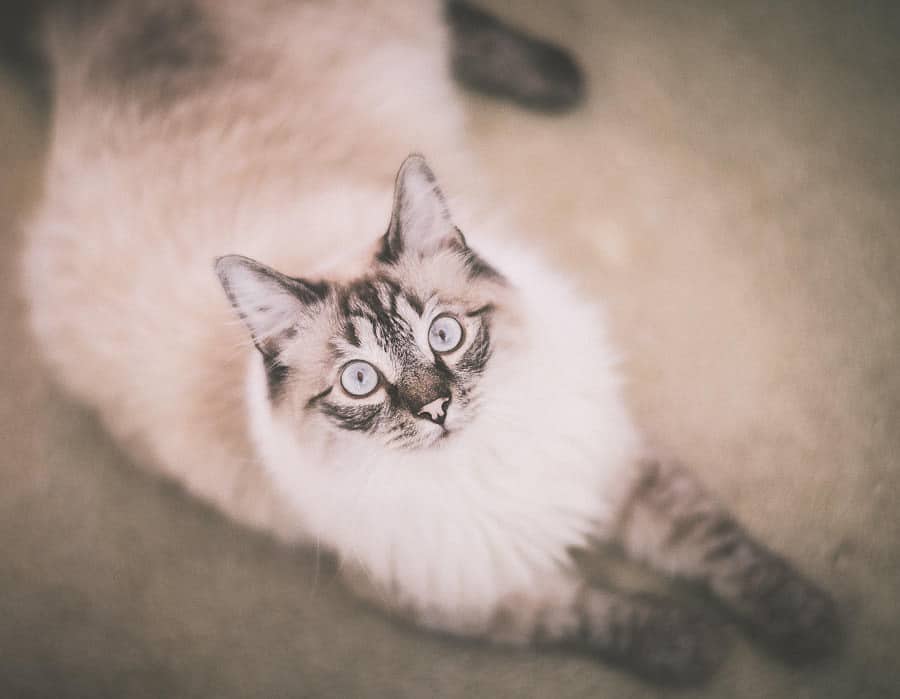
Sharpness
The Nikon 58mm F/1.4G was optically designed differently than other lenses to yield a more three dimensional look, focusing more on the out of focus areas than the overall sharpness of the lens.
Once I had the autofocus dialed in (the first time), I started to really see how unique this lens actually was, and I found myself wanting to shoot it more and more. This isn’t a lens that can be shot like any other 50mm f/1.4 lens out there, which is what I see it being compared to all over.
Like mentioned earlier, it’s not meant to be an all around perfect lens. It’s meant to be a unique lens, and one with a lot of character. When shot wide open compared to being stopped down to f/2 or higher, it is slightly softer, and it won’t be winning any sharpness awards when shot at f/1.4.
You need to be willing to give up a slight degree of overall sharpness in order to get the true strength of this lens, which is its overall unique three dimensional look, extremely shallow depth of field, and some of the creamiest bokeh I’ve ever seen.
The funny thing is, once I started taking comparison shots with other lenses shot wide open, I was surprised at how sharp it actually was at its point of focus.
The Nikon 58mm F/1.4G is very sharp wide open, but due to it’s extremely shallow depth of field, you need to really nail the focus or it will have a slight haze to it.
Because of this, the advice I have given others when asked about this lens is that it’s a very risky lens, but a very rewarding one. I found that when I was slightly off on my focus, it wasn’t very forgiving, and the image would lose any chance of being sharp.
When I nailed the focus, my focus point would be as sharp as any other lens I compared it to.
Take a look at how sharp this bride’s eyes are in this image, and then how quickly the focus fades out into soft and creamy bokeh. This wasn’t even shot in the 36mp Nikon D800E, rather the 16mp Nikon Df, and shot wide open. Not too shabby if you ask me.
If you shoot Nikon mirrorless and have a decent sized wallet, something like the 50mm f/1.2 S for Z-mount is the only other lens that can create this kind of crazy bokeh at the 50mm range – it’s still not that unusual 58mm, but it’s close enough.
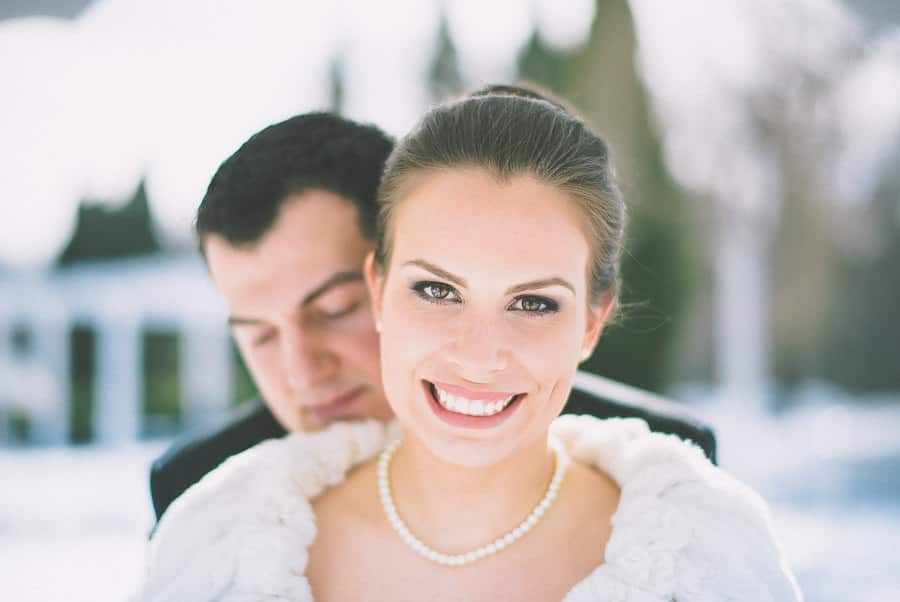
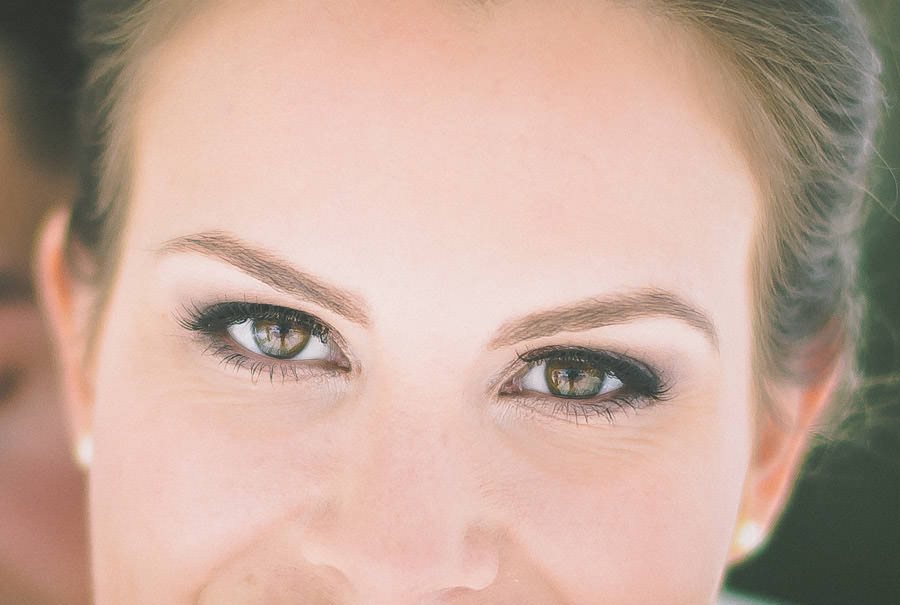
Autofocus
As mentioned earlier, the lens’s autofocus had to be dialed in and was front focusing right out of the box. Once I got it accurate, I was very happy with the autofocus, until the issue I ran into with it needing to be adjusted again.
The only other downside is the 1.9ft focus distance, which is a little further than most which took some getting used to. Not a big deal for me.
As far as speed is concerned on the Nikon 58mm f/1.4, it felt no different to me than any other lens that I use, and certainly wasn’t any slower. I did find that it would hunt a little in low light, but not all the time.

Colour Rendition, Contrast, and Chromatic Aberration
If you were to look at the MTF charts of this lens compared to the others, you would think this lens failed miserably, which I’m sure you have already read in other reviews.
The point that I want to make is that if you haven’t heard already, this lens needs to be actually shot in the real world to see how it shines, and just how powerful of a lens it is.
While the charts on the Nikon 58mm f/1.4 may leave something to be desired, the images it produces when shot wide open are very unique for several reasons that can’t be seen with a bar graph. One of those reasons is the beautiful colours that it produces, great contrast, and low chromatic aberration, all of which Nikon claims is the result of its Nano Coating.
All of Nikon’s high end lenses have Nano coating, and the Nikon 58mm f/1.4 is the only lens close to the 50mm focal length to have it. When shot wide open, I have rarely seen even the slightest of color fringing.

Comparisons
Since I shoot both Canon and Nikon, I like to find the strengths of each manufacturer and not overlap focal lengths when it comes to lenses. So I often compare lenses between each and try to stick with the one that fits my style of shooting better and fills in any gaps I might have since I shoot with primarily all primes.
One of my favourite lenses in the Canon line-up is the Canon 50mm f/1.2L, although I did have the Sigma 50mm f/1.4 for my Nikon bodies because it is a focal length I like to shoot at. I had owned the Nikon 50mm F/1.4G which I sold for the Sigma, which quickly became my favorite lens to shoot with.
When Nikon announced the 58mm f/1.4, I was very interested in trying it out, but with a price tag of $1,700 I really had no interest of doing anything more than that. L
uckily for me I get to try a lot of new equipment out for testing purposes and after a couple months of shooting with the Nikon 58mm, I sold the Sigma and have been shooting with the 58mm ever since.
So, how does it compare to its competition? Well, let me show you, with real life comparisons and not photos of brick walls. Shooting outdoors in the beautiful natural sunlight is when I love shooting with my 50mm lenses, on both Canon and Nikon. That is exactly how I compared these lenses, shot wide open in natural light.
The only editing that was done was colour correcting to get the images to match, but besides that each was shot was with the same settings.
The Nikon images were shot on the D800E and the Canon 50mm f/1.2 on the Canon 5D Mark III. The lenses compared were the Sigma 50mm f/1.4 Nikon mount, Nikon 50mm F/1.4G, the new Nikon 58mm F/1.4G, and the Canon 50mm f/1.2L.

Nikon 50mm f/1.4G
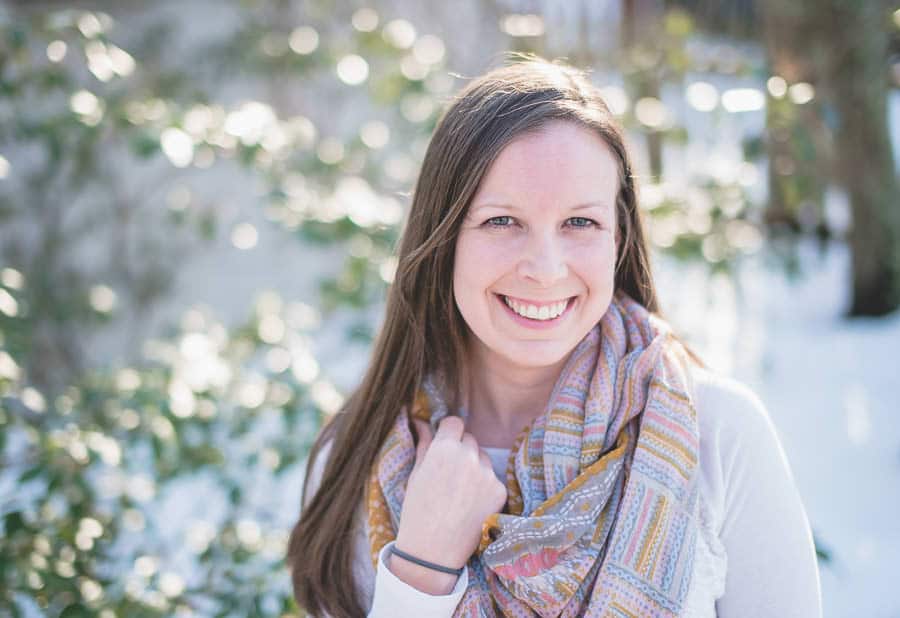
Sigma 50mm f/1.4
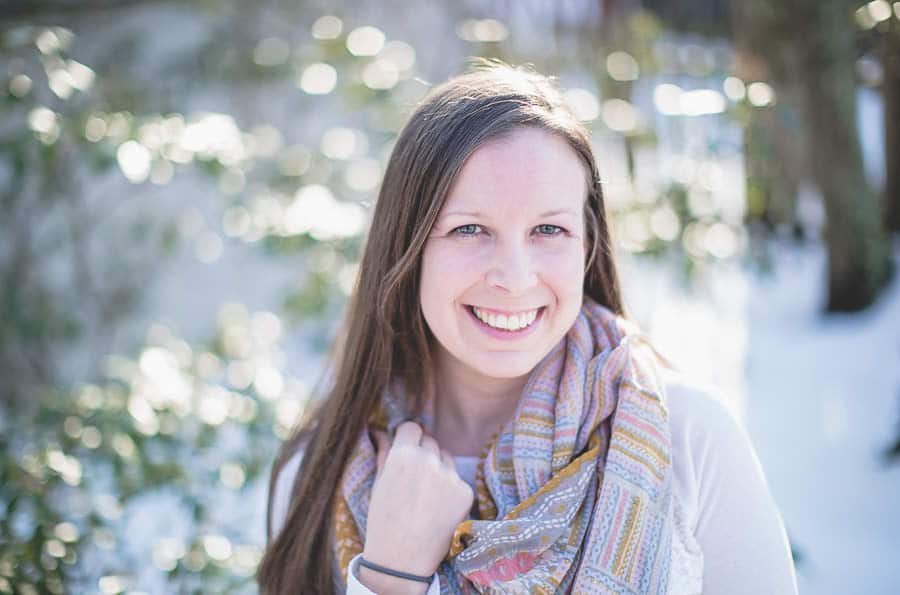
Canon 50mm f/1.2L

Nikon 58mm f/1.4G
I really wasn’t sure how the results would turn out in my first comparison test between the 4 lenses. I certainly didn’t think that there would be a very noticeable difference between the Nikon 58mm F/1.4G and two of my favorite lenses, the Canon 50mm f/1.2L and the Sigma 50mm f/1.4.
All 4 lenses were close in sharpness, none of them really much sharper than the other. The most noticeable difference between them all was the out of focus rendering, where the Nikkor 58mm F/1.4G shined.
There was no outline to the bokeh from the Nikon 58mm f/1.4G, which was much smoother and softer than the other lenses. At a quick glance, not knowing which image was shot with which lens, I would pick the one shot on the 58mm as my favourite, with the Sigma and Canon both a close 2nd.
Here are a couple of 100% crops to show the sharpness of the Nikon 58mm f/1.4G shot, as well as the out of focus area directly behind my subject compared to that of the Nikon 50mm.
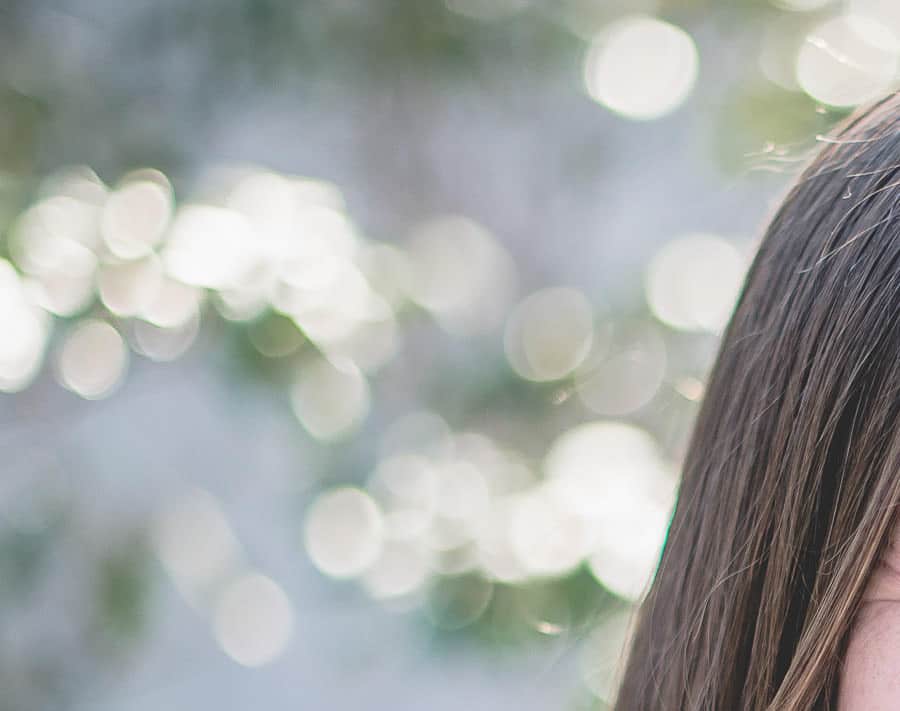
Nikon 50mm f/1.4G – 100% CROP

Nikon 58mm f/1.4G – 100% CROP
The Bokeh
The most important characteristic of the Nikon 58mm f/1.4G, and its biggest selling point, is its bokeh. While Nikon may not have focused on the edge to edge sharpness of this lens when shot wide open, it most definitely focused on its ability to render out of focus areas creating beautiful, soft, creamy, dreamy, awesome looking bokeh.
When shooting a single subject, I love to shoot wide open. When shooting this lens, I can’t help but continue to be impressed with its creamy bokeh and how soft the out of focus areas are.
The impressive bokeh of the Nikon 58mm f/1.4G is just one of the ingredients that gives this lens its unique character and 3D look, making me want to shoot with it more and more.
The Sigma 50mm f/1.4 and Canon 50mm f/1.2 had been my favourite lenses for creamy bokeh and giving me the unique look that I just love about shooting wide open, but after shooting the Nikon 58mm f/1.4 for a month, it beats them hands down.
Nikon 58mm f/1.4G Review – Conclusion
When Nikon announced their new Nikon 58mm f/1.4G, the biggest selling point to me was the statement:
This lens offers a dramatic sense of depth to your compositions—both at short distances as well as long-distance landscapes. When shooting stills of a close subject, the AF-S Nikkor 58mm F/1.4G can achieve beautiful bokeh with soft, natural edges that diminishes smoothly away from your focal point.
The Nikon 58mm f/1.4G is a very unique lens like I have pointed out several times in this review. It’s a risky lens that offers big rewards, targeted at a very specific group of photographers that enjoy shooting wide open and in low light.
The biggest downfall to this lens is its hefty price tag, which would lead one to believe that the group of photographers Nikon was targeting were the ones with a lot of money. Owning a portrait and wedding business, spending money on equipment is no longer about what I want, but what I can use to better my business.
This lens is very unique and fits my style of shooting, so while it is an expensive lens, I did end up purchasing it…and couldn’t be happier with my decision.

Incredible 3D rendering and buttery smooth bokeh from the most unique Nikon lens of the year.






